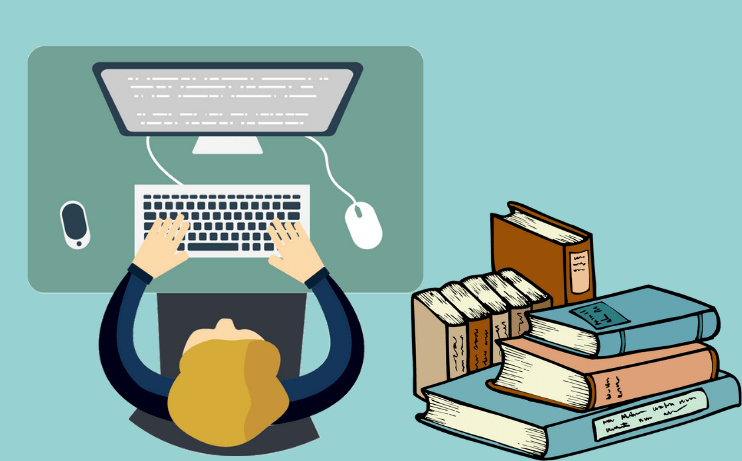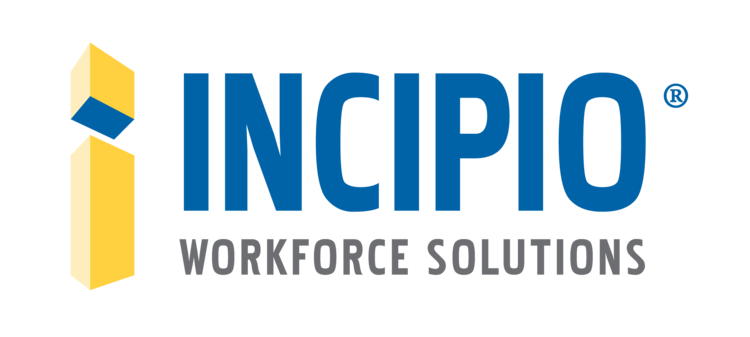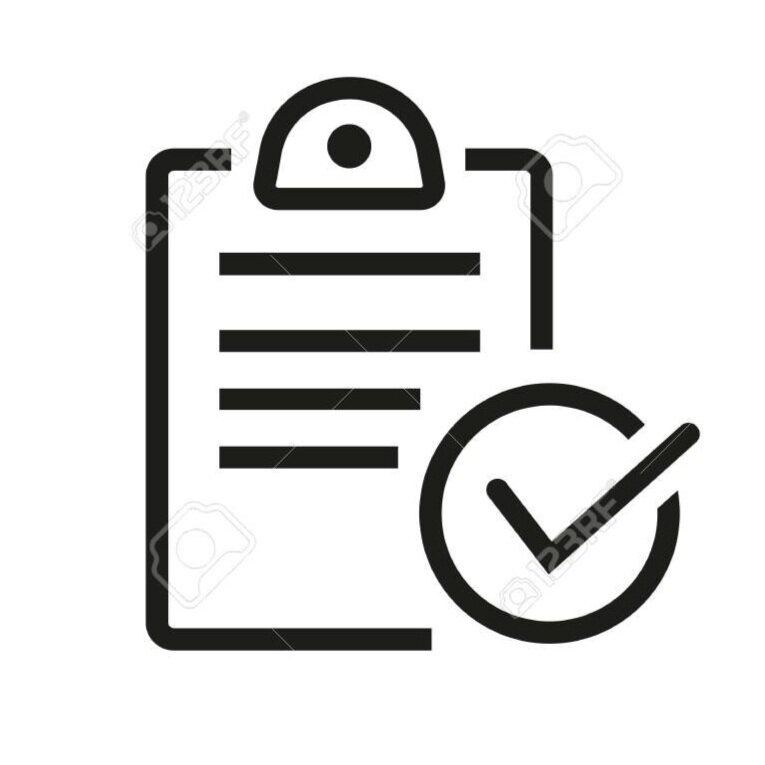Training and Development: Why It’s Necessary!
You Already Know.
Have you ever heard a company say, “Employees are our biggest asset?” When I hear that, I want to know what they are doing to back that up. Job seekers, in particular, are impressed if they learn a company is investing in their people to make them more efficient and productive. That’s exactly what great training and development programs are designed to accomplish.
Attract and Retain Employees
One of the biggest benefits of a training and development program is it’s effectiveness in attracting and retaining the best employees. Knowing an organization is willing to spend money on training and development not only attracts the interest of excellent candidates, but it will make your current employees feel valued and even increase loyalty. A combination of internal and external training (perhaps collaborating with a local college or university) will pay long-term dividends. It also will improve your reputation in the community which certainly will help your recruiting efforts.
Build Your Bench Strength

We’ve talked about this…
We’ve talked in other blogs about how disruptive it can be when you have to replace a valued employee. Having a program that trains and develops workers will go a long way to minimize that disruption by providing a smooth transition. A successful training and development program provides you with a pipeline of qualified employees ready to step up and be rewarded with a promotion. You’ll find it’s a lot cheaper than starting over in the hiring process.
Do Your Research

Survey Your Employees
They know what they need!
Have you thought about surveying your employees to see what they would like to see in terms of training or development efforts? It will give you some great feedback and allow you to tailor a program that is effective and appreciated. You’ll find it will also increase communication, collaboration and teamwork. It’s a great chance for employees to show you skills you didn’t even know they had.




